1. Lise Meitner: The Forgotten Mother of Nuclear Fission
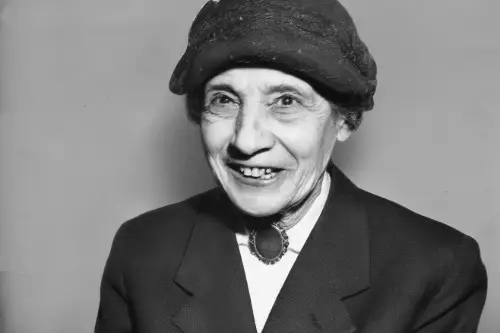
Lise Meitner, an Austrian physicist, played a crucial role in discovering nuclear fission, the process that led to the development of nuclear energy. Despite her groundbreaking work, it was her male colleague, Otto Hahn, who received the Nobel Prize in Chemistry for the discovery in 1944. Meitner, who had to flee Nazi Germany due to her Jewish heritage, was left out of the Nobel acknowledgment despite her pivotal contributions. Her work with Hahn, which demonstrated the splitting of the uranium atom, laid the foundation for nuclear physics.
Although she was ignored by the Nobel Committee, Meitner continued to have a distinguished career, earning recognition much later in life. In fact, one of the most significant elements in the periodic table, meitnerium, was named in her honor. Sadly, she passed away in 1968, not fully receiving the credit she deserved. Her story is a reminder of the often-overlooked contributions of women in science during a time when they were routinely sidelined.
2. Claudius Galen: The Medical Genius Left Behind by History
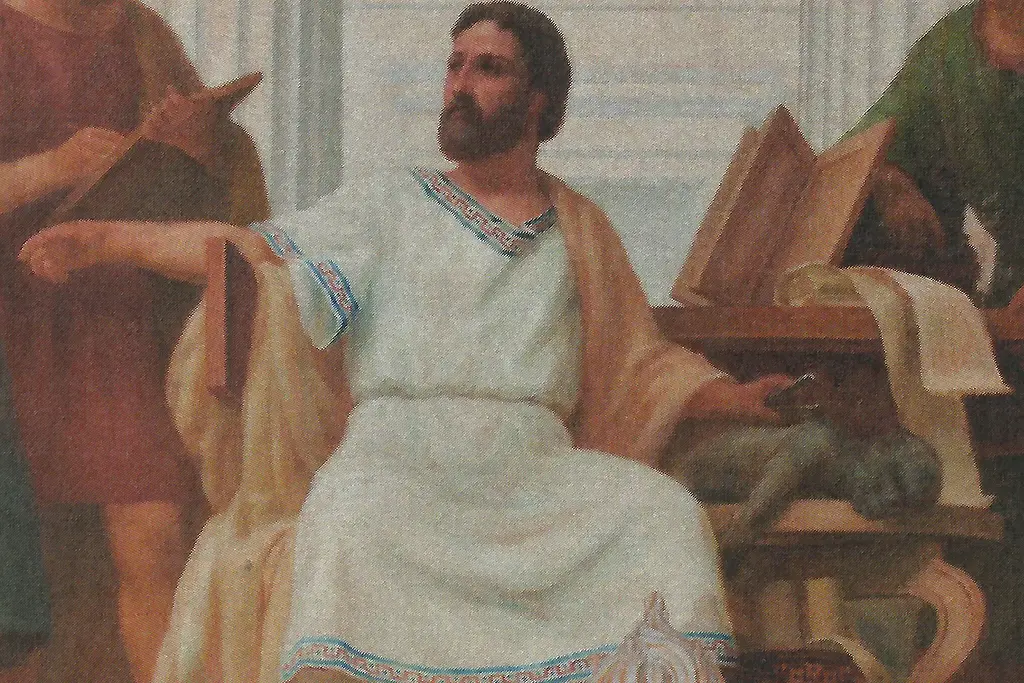
Galen, a Greek physician who lived during the Roman Empire, revolutionized medicine in ways that shaped medical practices for over a thousand years. His theories on anatomy, the circulatory system, and the treatment of diseases were groundbreaking, and his medical texts were considered essential reading well into the Renaissance. However, many of his achievements were attributed to other scholars over time, particularly after the rediscovery of ancient Greek texts. The fall of the Roman Empire and later religious shifts led to Galen’s teachings being questioned and, in some cases, ignored.
What many don’t realize is that Galen’s innovations in surgery, particularly his use of anatomical dissection and his understanding of the nervous system, paved the way for modern medicine. Yet, his contributions were often overlooked as other figures, such as Andreas Vesalius, gained prominence in the development of medical science. Galen’s once-celebrated works became the background noise in the history of medicine, overshadowed by later advancements that built on his foundation without acknowledgment.
3. Hypatia of Alexandria: The Philosopher Whose Legacy Was Destroyed

Hypatia was a brilliant philosopher, mathematician, and astronomer in ancient Alexandria, and she was one of the leading intellectuals of her time. Her work on the geometry of conic sections and her teachings on mathematics were groundbreaking, yet history has largely erased her from the scientific narrative. Living during a period of great political and religious upheaval, Hypatia’s advocacy for reason and intellectual thought made her a target for religious extremists. Tragically, she was murdered in 415 CE, and her death marked the beginning of the decline of intellectual thought in Alexandria.
Hypatia’s contributions to mathematics and philosophy were not fully recognized during her lifetime, and much of her work was lost after her death. It wasn’t until centuries later that scholars began to uncover her influence, and by then, much of her intellectual legacy had been erased. She’s often remembered only as a martyr for free thought rather than as a key figure in the development of mathematics and astronomy.
4. Ignaz Semmelweis: The Doctor Who Saved Lives but Was Rejected
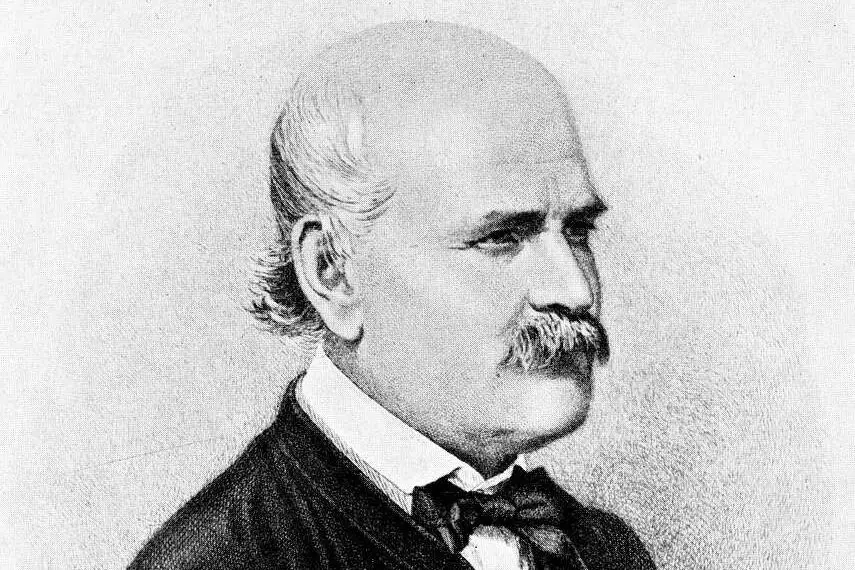
Ignaz Semmelweis, a Hungarian doctor, is now remembered as the pioneer of antiseptic procedures in medicine. In the mid-1800s, he observed that women giving birth in hospitals were more likely to die from puerperal fever, a common postpartum infection. Semmelweis suggested that doctors wash their hands before assisting in childbirth, but his revolutionary idea was dismissed by his colleagues. This disregard for his work led to years of professional and personal turmoil for Semmelweis, who faced ridicule and professional ostracism.
Despite his methods saving countless lives, Semmelweis’ antiseptic hand-washing theory was not widely accepted during his lifetime. It was only after his death that the medical community came to realize the importance of hygiene in preventing infections. His contributions were overshadowed by the dominance of other, more well-known figures, even though Semmelweis had been the true trailblazer in this critical aspect of medical safety.
5. Rosalind Franklin: The Woman Behind the DNA Double Helix
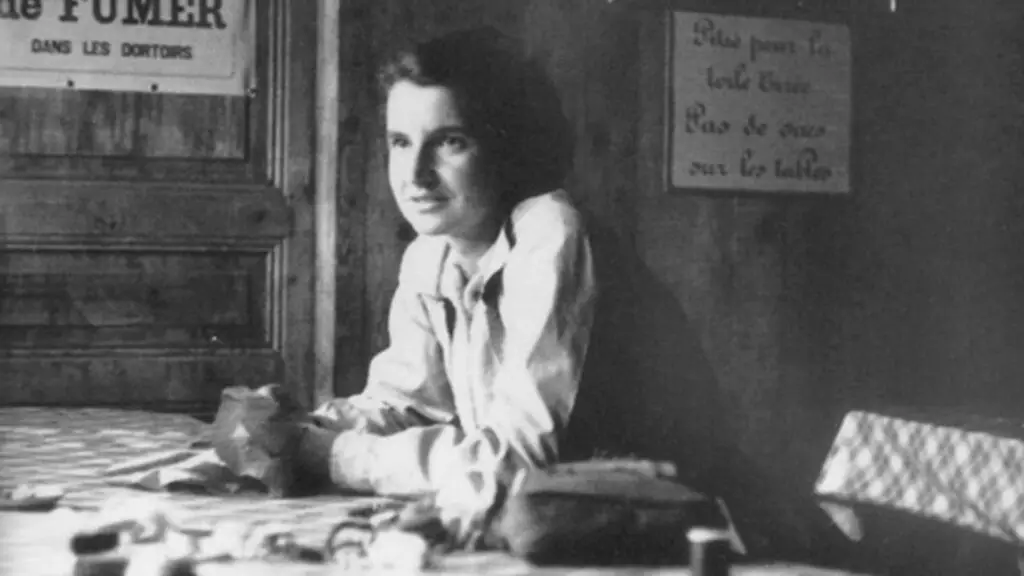
Rosalind Franklin, a British biophysicist, played a crucial role in the discovery of the DNA double helix. Her X-ray crystallography images, particularly the famous “Photo 51,” were vital in helping James Watson and Francis Crick determine the structure of DNA. However, Franklin’s critical contributions were overshadowed by Watson and Crick, who received the Nobel Prize in 1962 for their work, despite Franklin’s images being key to their success. Sadly, Franklin died of ovarian cancer in 1958, long before her role in the discovery was fully acknowledged.
Franklin’s work was not only instrumental in the discovery of DNA’s structure but also in the study of viruses and coal. Her accomplishments were often minimized, with little recognition given to her scientific genius. Today, however, her legacy is being increasingly recognized, with many seeing her as one of the greatest unacknowledged figures in the history of genetics.
6. Niels Henrik Abel: The Mathematician Whose Work Changed Algebra
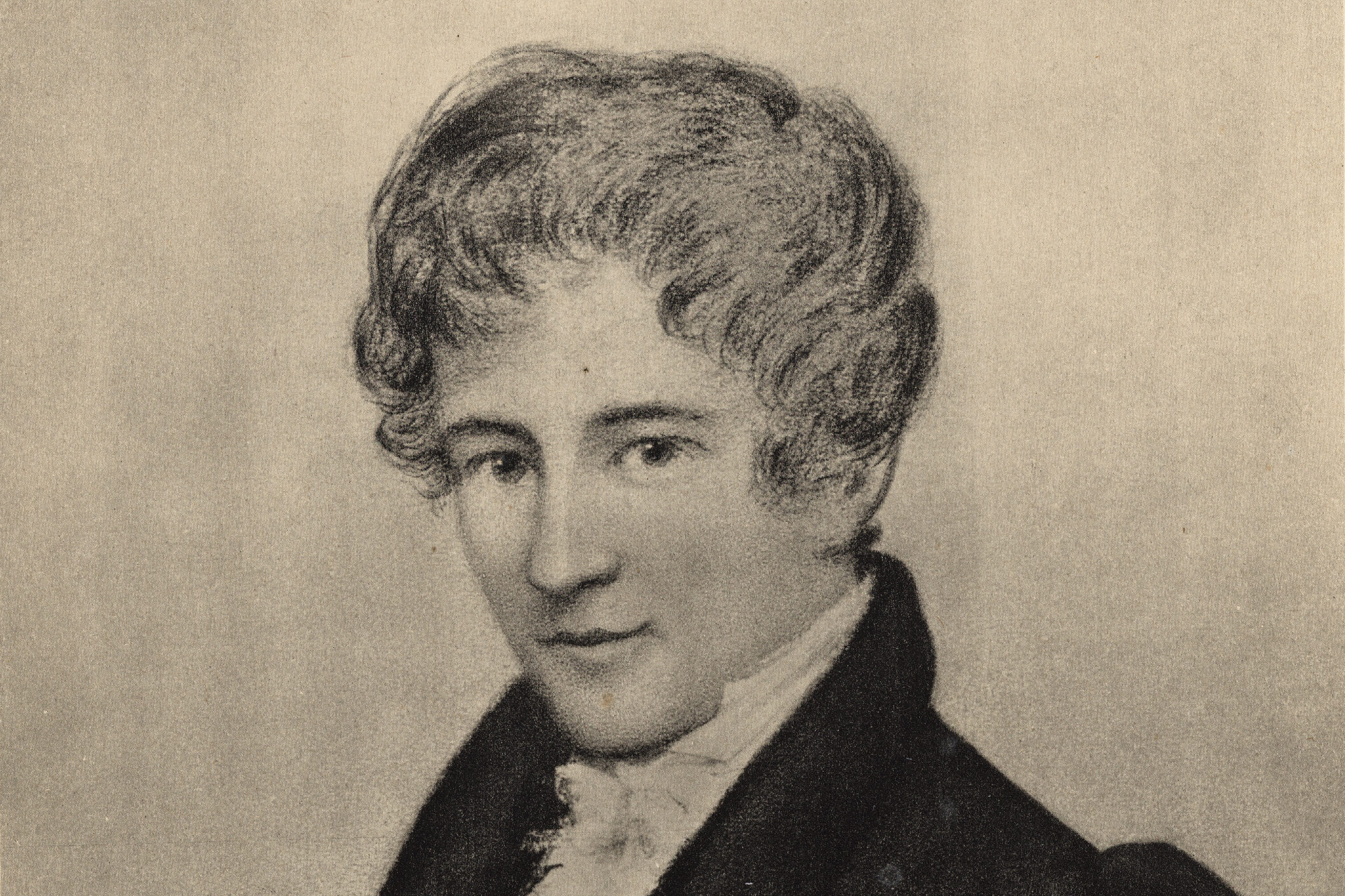
Niels Henrik Abel, a Norwegian mathematician, is often credited with the discovery of the impossibility of solving the general equation of the fifth degree using radicals—an achievement that transformed algebra. Sadly, Abel did not live to see the recognition his work deserved, as he died at the young age of 26 in 1829. His groundbreaking contributions to algebra and number theory were initially overlooked by his contemporaries, with most of his work being published posthumously.
Abel’s theorem and the Abelian functions he developed have since become central to modern mathematics, but during his lifetime, he was not fully appreciated. The mathematical community, which was dominated by figures such as Carl Friedrich Gauss and Augustin-Louis Cauchy, failed to give Abel his due credit. It wasn’t until later that his work was recognized as pivotal to the development of abstract algebra and modern analysis.
7. Ada Lovelace: The Enigmatic Visionary of Computing
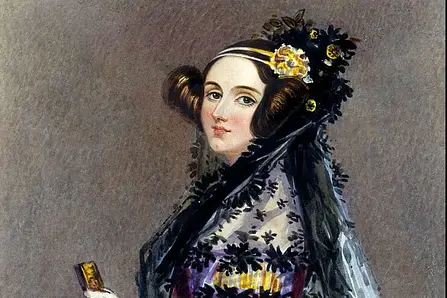
Ada Lovelace, the daughter of poet Lord Byron, is often credited as the first computer programmer due to her work with Charles Babbage on his Analytical Engine. She wrote the first algorithm intended for a machine, centuries before computers as we know them existed. However, Lovelace’s accomplishments were overshadowed by the men around her, and her work was largely forgotten for decades. The field of computing progressed without acknowledgment of her contributions, even though she laid the groundwork for what would become the digital revolution.
In the years following her death, Lovelace’s work was largely ignored, and it wasn’t until the mid-20th century that scholars began to rediscover her role in the history of computing. Today, she is celebrated as a visionary, but for much of history, her contributions were erased or minimized in favor of her male counterparts. Lovelace’s story is one of delayed recognition, a reminder of how many remarkable women throughout history were left out of the narrative.
